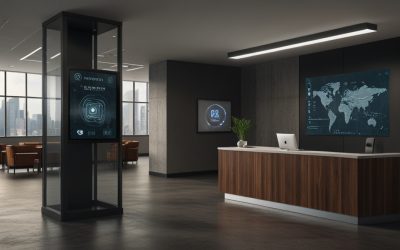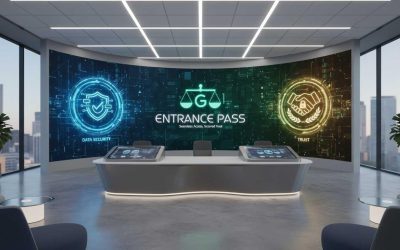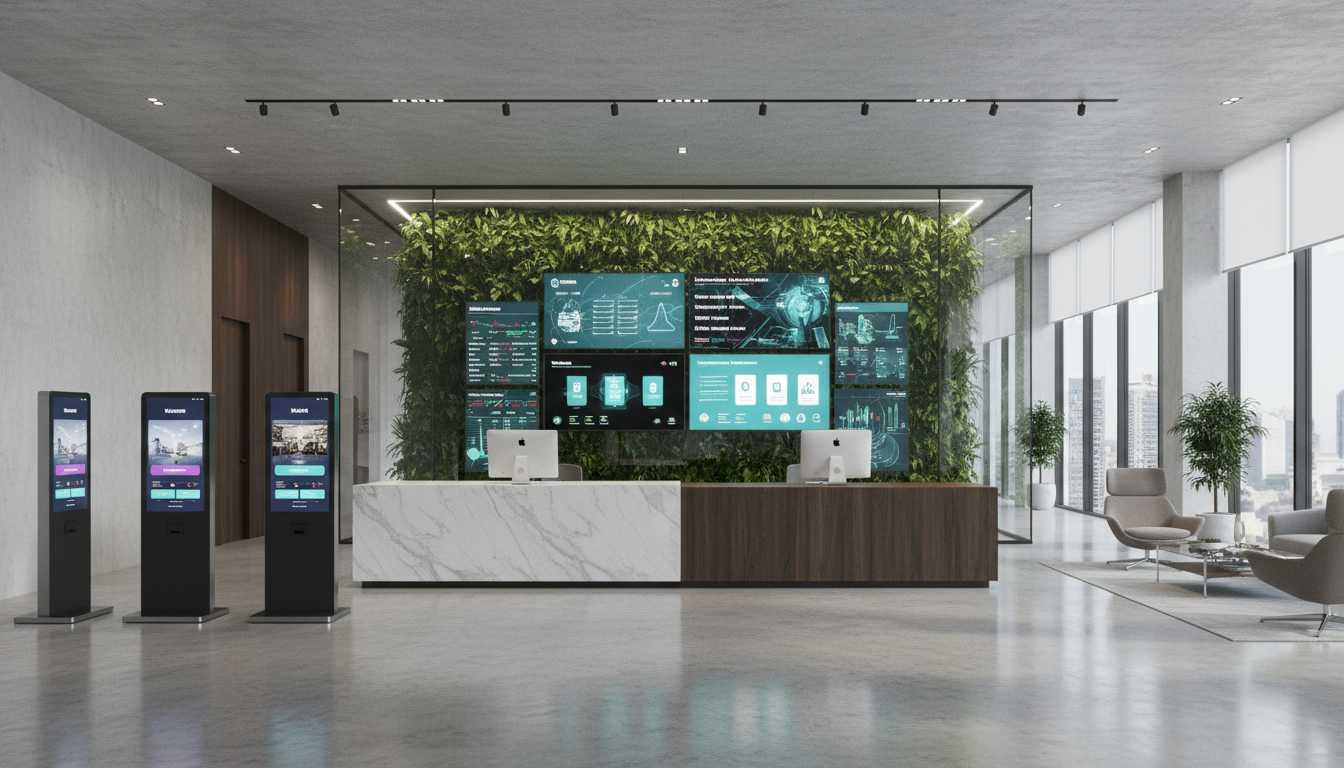
In the modern business world, corporate offices have become hubs of constant interaction where clients, vendors, consultants, and potential partners come and go daily. Managing this steady flow of visitors using traditional logbooks and manual check-ins is not only inefficient but also leaves organizations vulnerable to security risks. The evolution of visitor management solutions (VMS) has brought a digital transformation to how companies monitor and manage visitors. With automated registration, ID verification, and real-time tracking, businesses can now maintain accurate visitor records while ensuring the safety of their personnel and property. This technological shift signifies a crucial step toward a more secure, transparent, and data-driven corporate environment.
Furthermore, digital visitor management systems integrate seamlessly into existing workflows, offering features such as pre-registration links, customized check-in kiosks, and visitor notifications. These innovations reduce congestion at reception desks and allow employees to focus on core responsibilities instead of administrative supervision. Visitors, too, enjoy a smoother, faster entry process—often checking in within seconds through self-service tablets or QR code scanners. Beyond efficiency, this process enhances a company’s image as modern and well-organized, leaving a strong first impression on clients and stakeholders alike.
Ultimately, the adoption of visitor management technology reflects a broader trend in corporate digitalization. As workplaces transition toward smart office ecosystems, the visitor management system becomes an essential component of integrated building operations. Its ability to collect and analyze visitor data provides companies with actionable insights—helping optimize facility management, improve safety procedures, and predict visitor patterns. In this way, visitor management evolves from a logistical necessity to a strategic tool for enhancing both operational efficiency and brand reputation.
Enhancing Security and Compliance Through Digital Systems

Security remains a top priority in corporate offices, particularly in sectors dealing with confidential information or sensitive client data. A well-implemented visitor management solution adds a vital layer of protection by ensuring that every person entering the premises is identified, authorized, and recorded. Unlike paper logs that can be easily misplaced or tampered with, digital systems provide encrypted databases where visitor details are stored securely and can be retrieved instantly. Integration with surveillance systems, employee ID databases, and access control points ensures that unauthorized individuals are immediately flagged. This seamless network of verification helps prevent security breaches and safeguards company assets.
Compliance is another driving factor behind the adoption of digital visitor management. Many industries—such as finance, healthcare, and government—must adhere to strict data protection and audit regulations. A digital system automatically timestamps each entry and exit, creating a verifiable record trail for regulatory purposes. It can also automate visitor consent forms, confidentiality agreements, or NDAs, ensuring compliance is met before the visitor gains access. This automation not only strengthens legal accountability but also minimizes human error, which is often the weakest point in manual systems.
Additionally, visitor management software promotes transparency and accountability within corporate environments. Security teams can track visitor movements in real time, generate instant evacuation lists in emergencies, and analyze patterns to identify potential risks. Some advanced systems even include temperature scanning or background verification for high-security facilities. Altogether, digital visitor management establishes a culture of security awareness while keeping the corporate environment both compliant and efficient.
Improving Efficiency and Visitor Experience
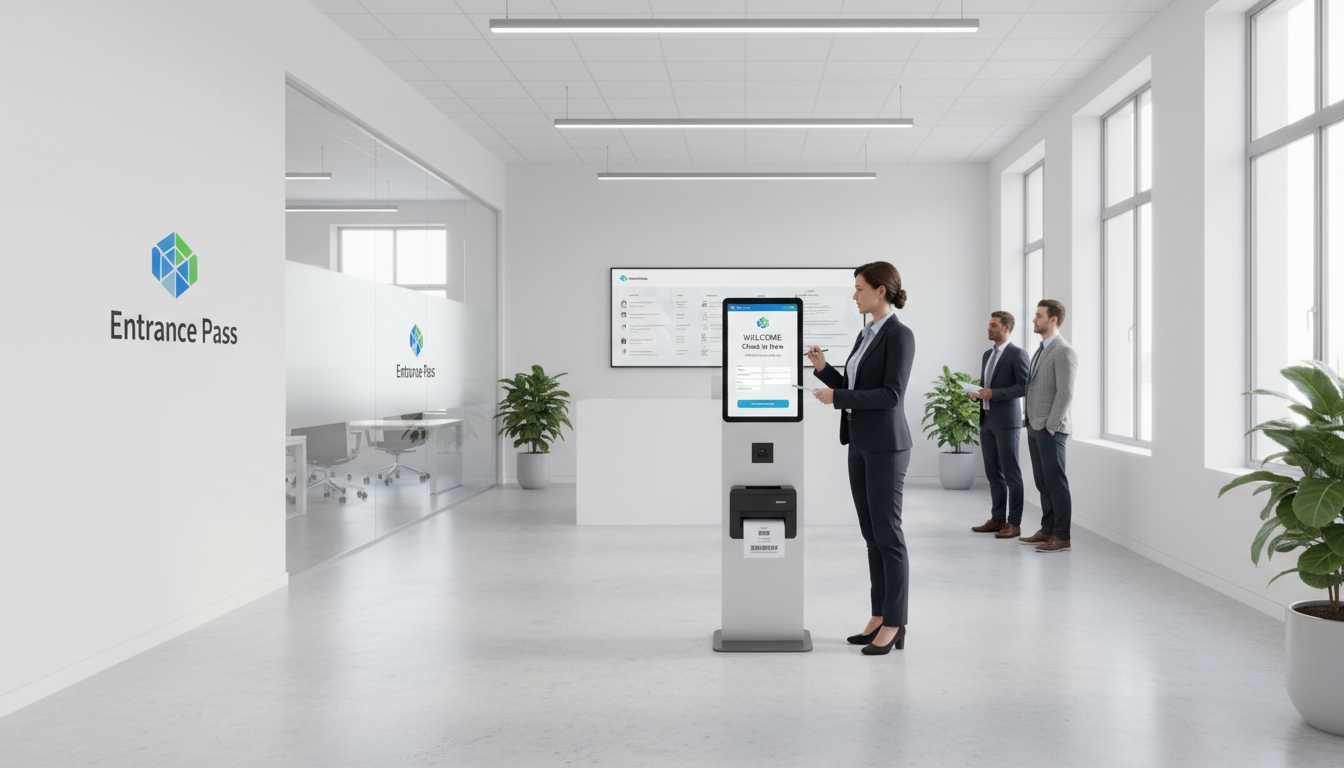
Efficiency and convenience are key elements of an effective visitor management system. In fast-paced corporate environments, both staff and guests benefit from streamlined procedures that minimize waiting times and confusion. Pre-registration allows visitors to fill out necessary details before arriving, reducing congestion at the reception. Upon arrival, automated systems recognize their credentials and notify the host instantly. This eliminates the need for manual calls or delays, ensuring that meetings start on time. For visitors, it creates a smooth and welcoming experience—one that reflects the organization’s respect for their time and professionalism.
From an operational standpoint, these digital solutions free up receptionists and security personnel from repetitive administrative work. Instead of manually logging each entry, they can focus on delivering personalized assistance or attending to more strategic tasks. The system can even accommodate multiple visitor types—clients, contractors, maintenance teams, or delivery staff—each with customized workflows and permissions. For returning guests, the platform can remember previous visits, expediting future check-ins and reinforcing long-term business relationships.
Moreover, personalization plays a vital role in creating a positive first impression. Some systems allow businesses to display branded welcome screens, automated directions, or even customized greeting messages. A visually cohesive and interactive check-in interface conveys professionalism and attention to detail. When combined with efficient operations, these small but impactful touches contribute to a superior visitor experience that aligns with the company’s corporate values and customer service standards.
Integrating Visitor Management with Smart Office Technology
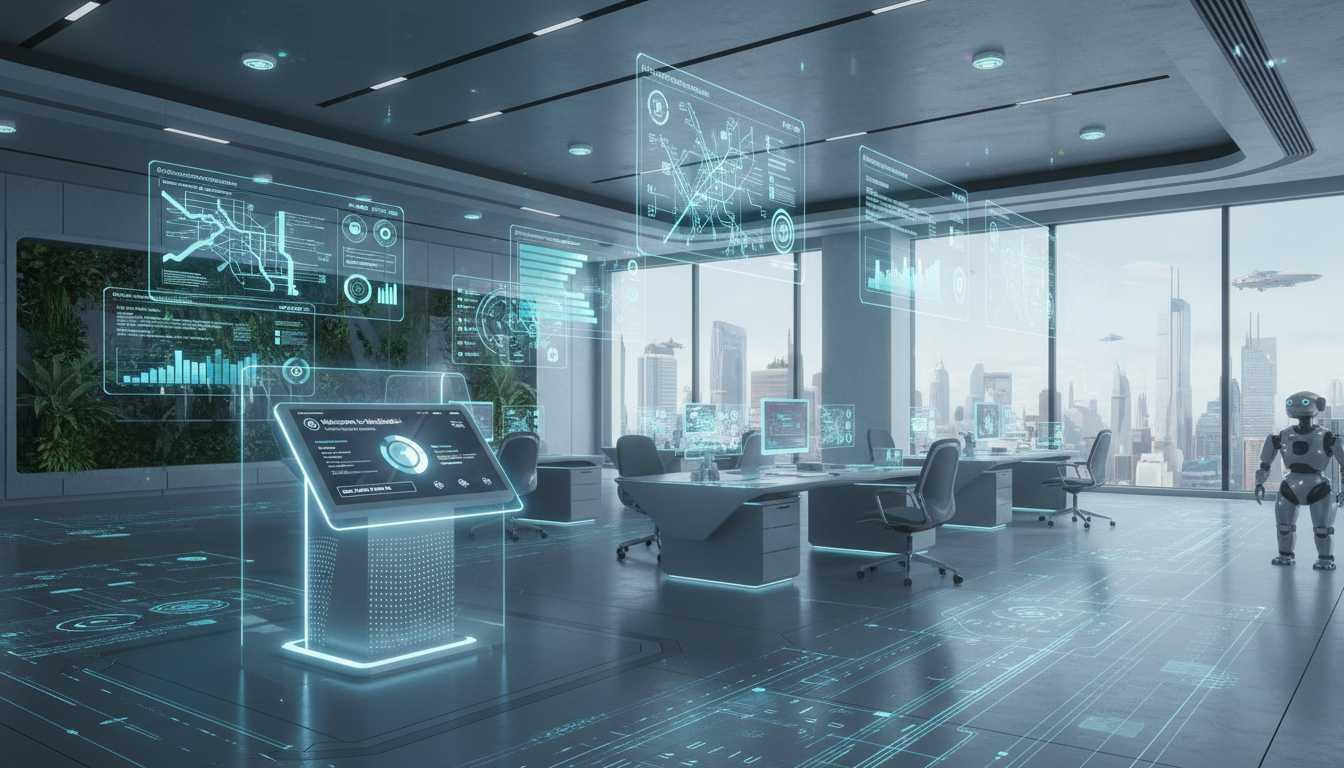
As smart office technology continues to reshape modern workplaces, visitor management systems are increasingly being integrated into broader digital ecosystems. These integrations create a more cohesive operational framework, connecting VMS with systems like access control, room booking, employee directories, and IoT-based monitoring tools. For instance, when a guest checks in, the system can automatically reserve a meeting room, adjust lighting or air conditioning settings, and send real-time notifications to the host’s device. This level of automation ensures that every step of the visitor journey is efficient and tailored to both convenience and security.
Beyond automation, data analytics derived from visitor management solutions offer strategic insights into workplace traffic and resource utilization. Corporate leaders can identify peak hours, visitor demographics, or recurring guest types—allowing for more informed decisions about staffing, space allocation, and building maintenance. The ability to interpret this data helps businesses forecast demand and design more efficient workflows. This is especially beneficial in large corporate campuses where managing multiple entry points and departments can be challenging without a centralized digital system.
The integration of artificial intelligence and cloud-based solutions is also revolutionizing visitor management. AI-driven analytics can predict visitor flow trends or even detect irregularities that may indicate potential security threats. Cloud storage ensures that data is accessible across different locations while maintaining high standards of encryption and redundancy. Together, these technologies empower corporations to transform visitor management from a logistical task into a core component of smart office strategy.
The Future of Visitor Management in Corporate Workplaces
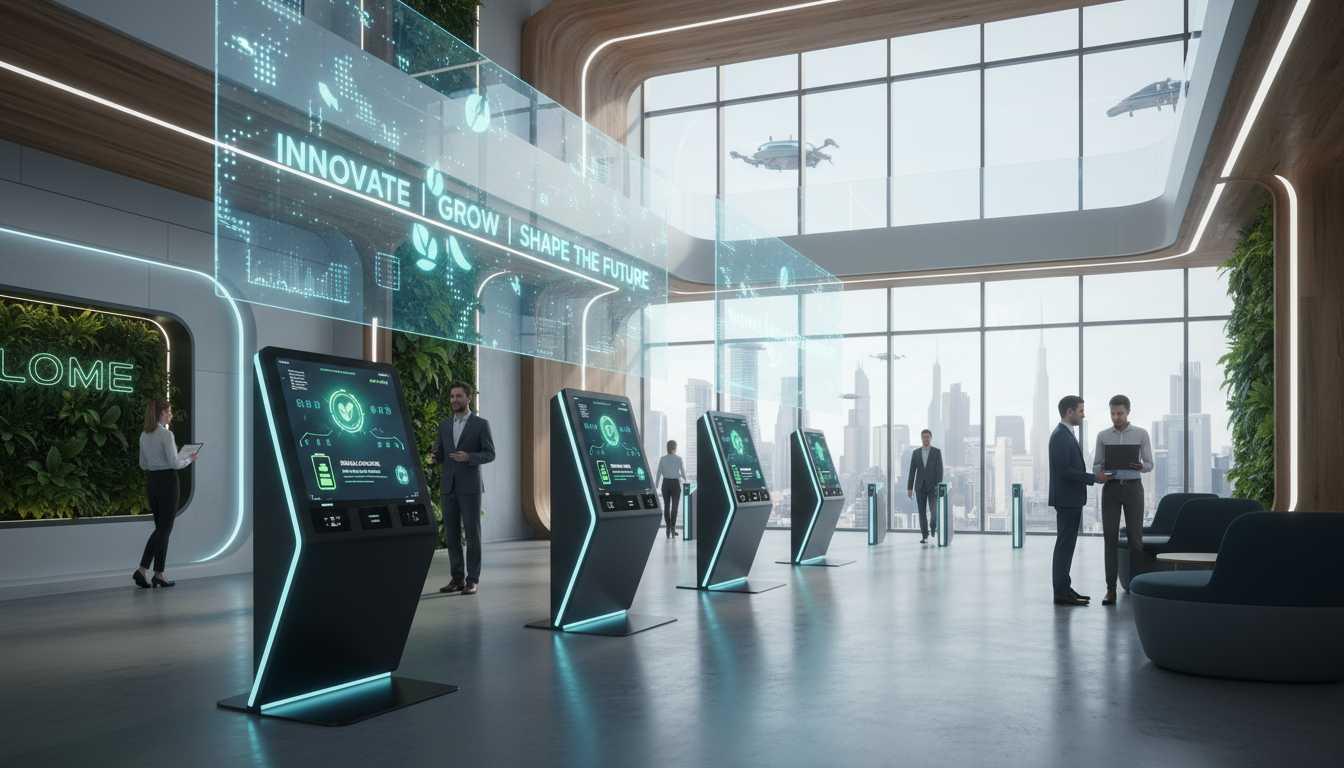
The future of visitor management in corporate offices points toward greater automation, personalization, and sustainability. As hybrid work models and flexible scheduling become the norm, companies need systems that can adapt to variable traffic patterns. Cloud-based visitor management platforms provide scalability—enabling businesses to manage visitors across multiple locations from a single dashboard. With real-time updates, remote access, and instant analytics, organizations gain the agility needed to respond quickly to operational demands.
Sustainability is another growing focus. By replacing paper-based logs with fully digital processes, companies significantly reduce waste and carbon footprint. Digital badges, QR codes, and automated communications eliminate the need for physical materials while maintaining efficiency and professionalism. Furthermore, the use of energy-efficient kiosks and smart building integrations supports broader environmental goals, aligning with the corporate social responsibility commitments of modern enterprises.
In addition, future visitor management systems are expected to incorporate advanced AI, facial recognition, and predictive analytics to further streamline operations. These intelligent features can anticipate visitor intent, pre-fill forms, and even provide real-time security alerts. As technology advances, the distinction between physical and digital visitor management will continue to blur—creating a seamless, secure, and intelligent environment for everyone entering the corporate space.
RELATED POSTS
Protecting Visitor Data with Secure Digital Platforms
In an age where every visitor interaction generates digital data, organizations face growing pressure to ensure that privacy remains a top priority. From corporate offices and residential complexes to healthcare institutions and government buildings, visitor...
Why GDPR Compliance Matters in Visitor Management
Understanding GDPR and Its Core Principles The General Data Protection Regulation (GDPR) is one of the most significant data privacy laws established by the European Union to protect the rights of individuals regarding their personal information. It applies not only...

